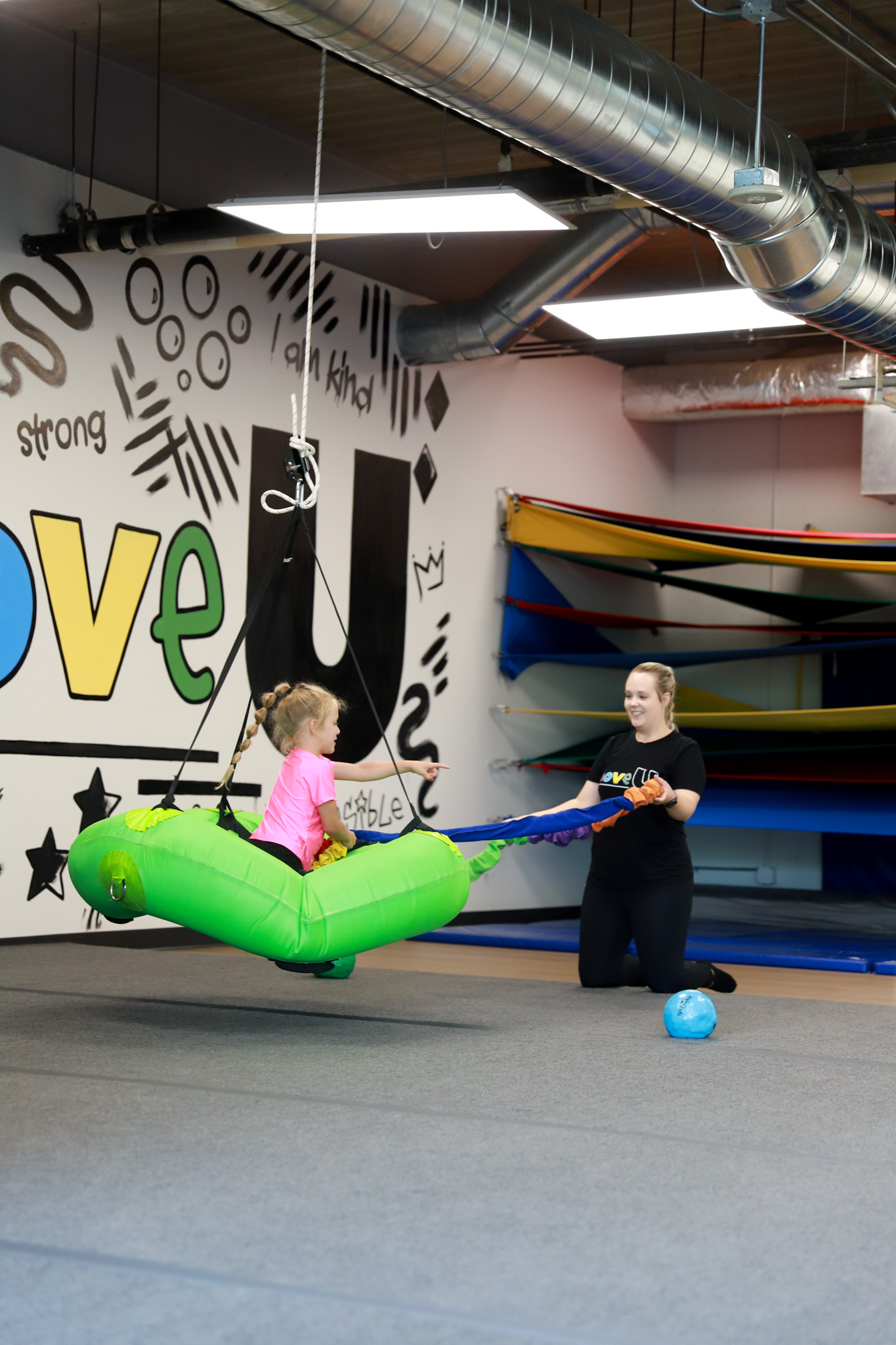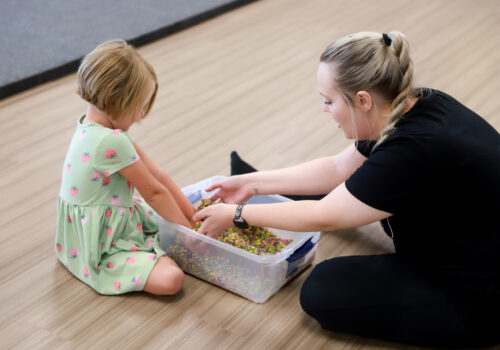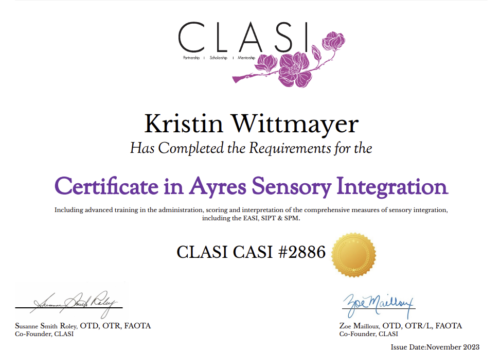As a pediatric occupational therapist, when I speak with parents or teachers about the challenges their child or student are experiencing, more often than not the topic of transitions comes up. Managing change is often difficult for children, even if the change is just leaving home to go to school or switching from one game to another during playtime. For children with sensory processing challenges, when asked to change activities or locations this can often trigger behaviors such as avoidance, negotiation, distraction, resistance, or even emotional outbursts or meltdowns.
Within sensory processing disorder, the subcategory that is most often related to difficulty with transitions is sensory modulation disorder, specifically the subtype sensory over-responsivity (Suarez, 2012). Sensory over-responsivity is characterized by fast, intense, and longer responses to sensory stimuli than what is typical. People with sensory over-responsivity are thought to have an unusually low threshold for sensation in any or all of the sensory systems. This can lead to overreactions to sensations that are not generally perceived as alarming or even noticeable by most people. Due to this, the world can often feel overwhelming to those with sensory over-responsivity so handling changes or something entirely new can be very challenging for them. In a world that feels confusing and appears to move too fast, children with sensory over-responsivity crave order and routine as it helps them feel calm and in control. Therefore when they are faced with a change in current activity, during a transition, or introduced to a novel situation, these children will become upset and display difficulty or resistance in discontinuing their current activity.
To help a child dealing with these kinds of challenging here are some tips:
- Prepare the child for the transition prior to making it
- Make it clear how much longer the child’s current activity will last
- Helpful tool: Visual timers + providing several warnings before the time is up
- Make sure the child knows and understands what changes are coming next
- Helpful tool: Visual schedules
- Use a transition object (blanket, favorite drinking cup/bottle, toys, etc.)
- Having something familiar to provide comfort can ease the distress of transitioning
- Establish a consistent routine that signifies that an activity is over
- Cleaning up materials/objects used in current activity
- Sing or play specific songs
- Turning off lights
- Have patience and do not rush the process
- Plan for extra transition time- The more patience you have, the easier it will be for you to diffuse and ease the child’s anxiety about the switch
- Practice, Practice, Practice!
- Helpful tool: Social stories
- Make it clear how much longer the child’s current activity will last
If your child struggles with change or transitions, we can help! Click here to request an appointment.
Reference:
Suarez, M. A. (2012). Sensory processing in children with autism spectrum disorders and impact on functioning. Pediatric Clinics of North America, 59(1), 203-2014. https://doi.org/10.1016/j.pcl.2011.10.012



